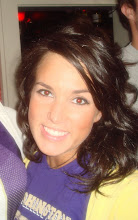Kelsi : I was immensely touched by what the film had to profess about parent/child relationships, their variant levels and variability, their strength, and the natural love rooted in them which finds a way to communicate itself through other interpersonal relationships.
I found this incredibly interesting. Coming from an extremely close knit family myself i found this idea fascinating and very comforting. I was a bit nervous about attending Germany because I have heard they are very impersonal people, through this class and especially this quote, I find that I am continually becoming more and more excited to go!
Molly Slusher: Whether it is between the German and Turkish, what is socially expected and deviance from societal norms or father and child, the division between two opposite ideologies creates a social tension that permeates the film.
This was also a very interesting take on the film. I very much agreed with what Molly saw in the film. It promotes ideas that we do not often notice, or look beyond, in German culture.



